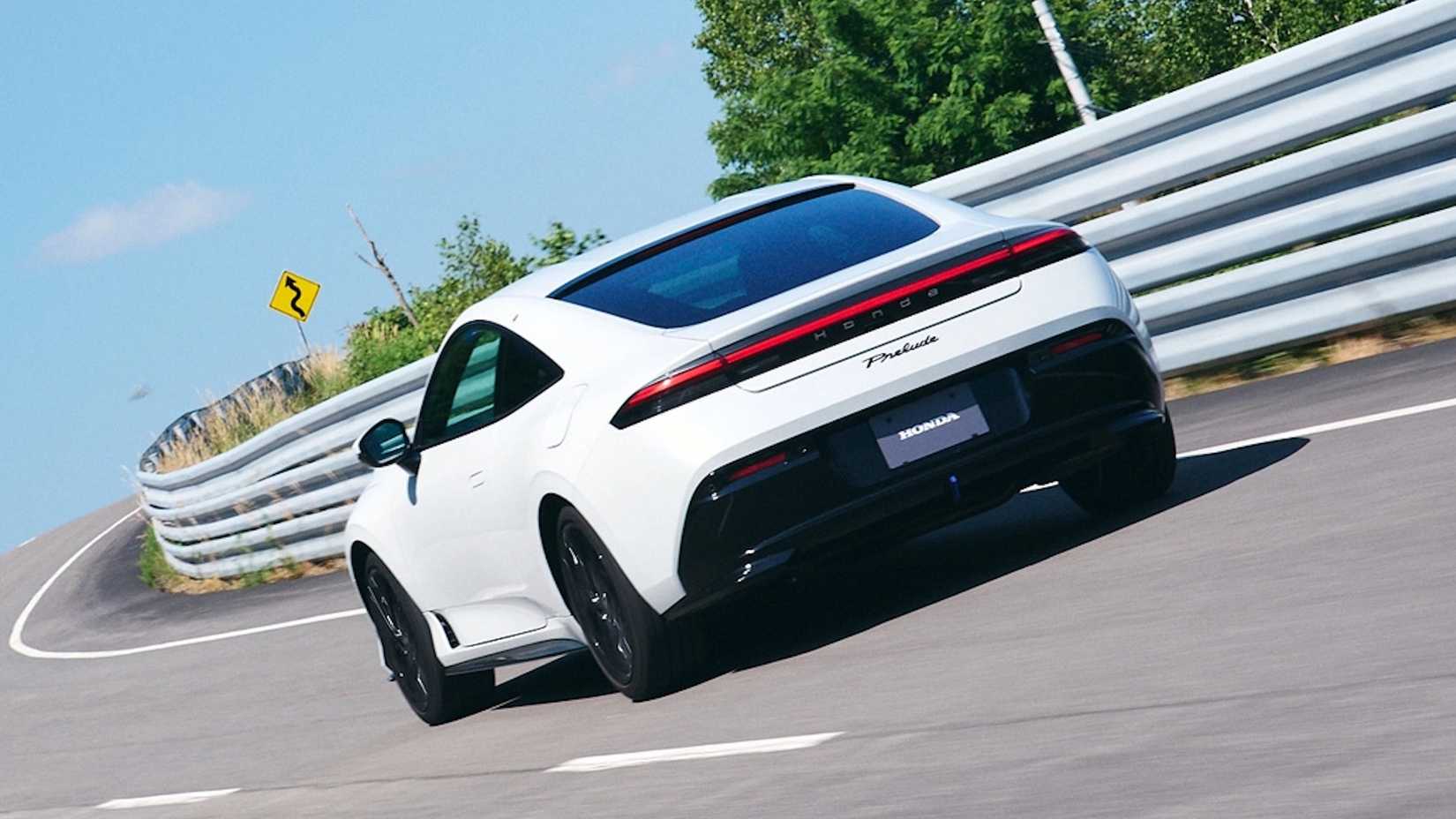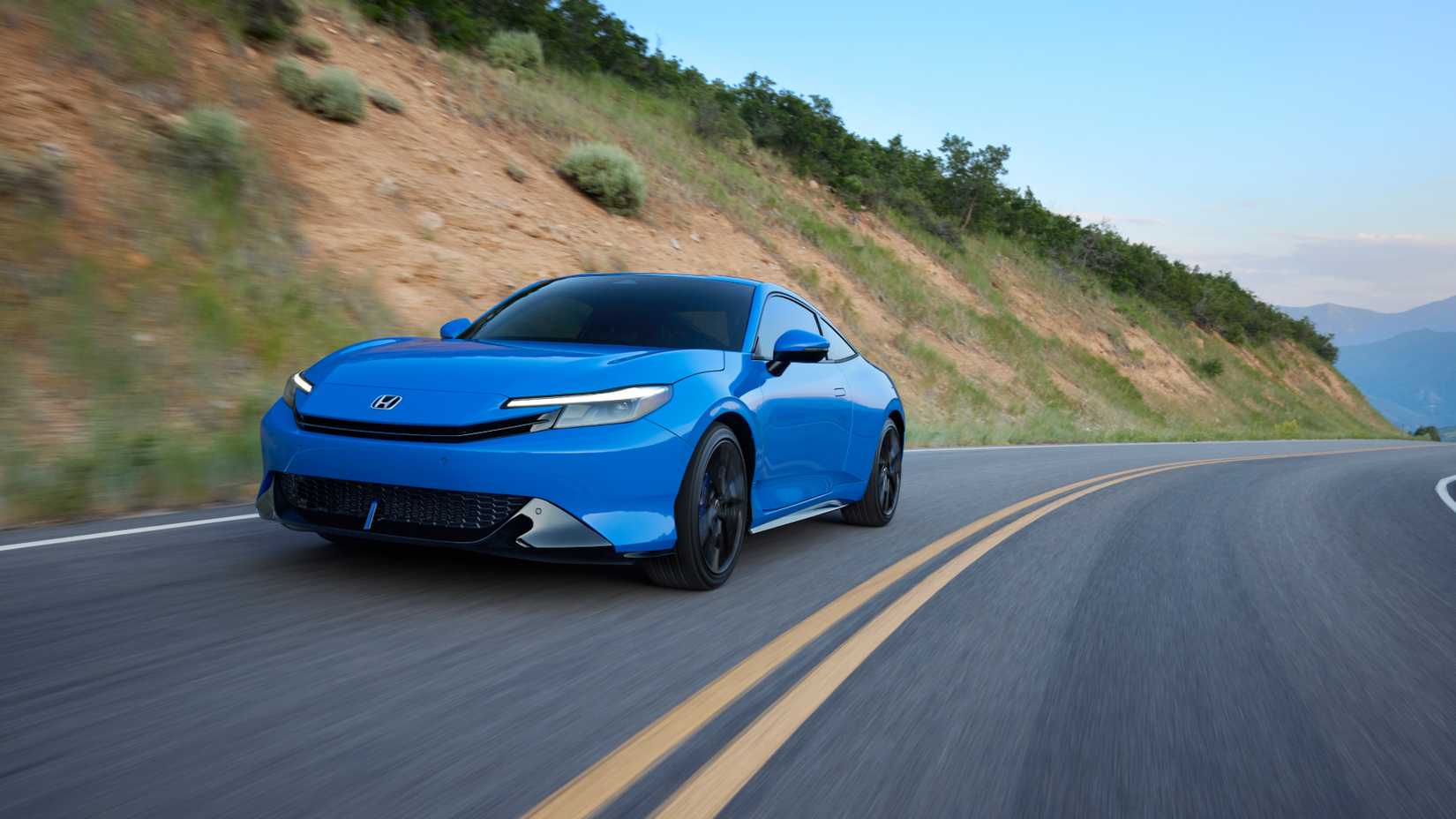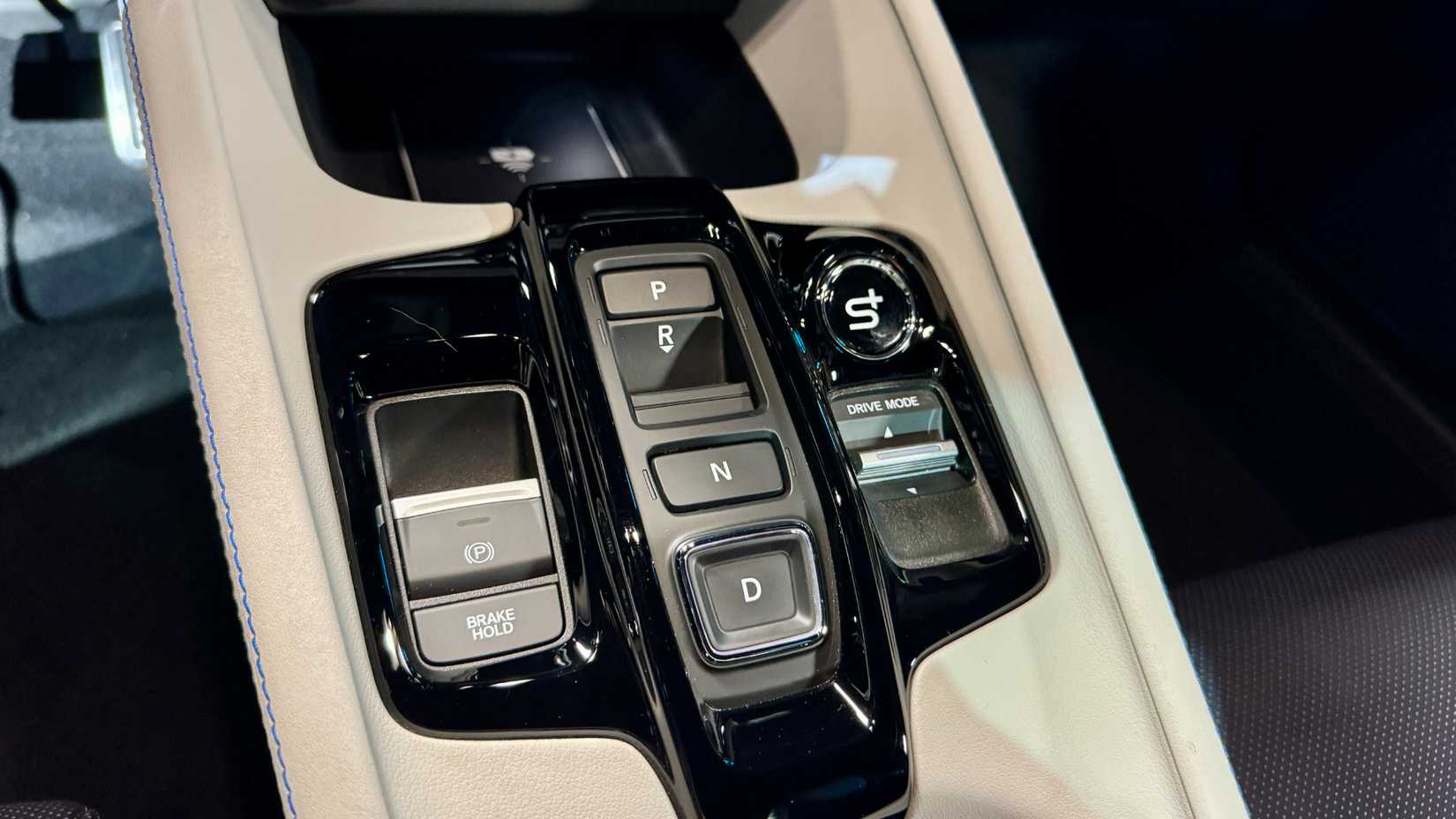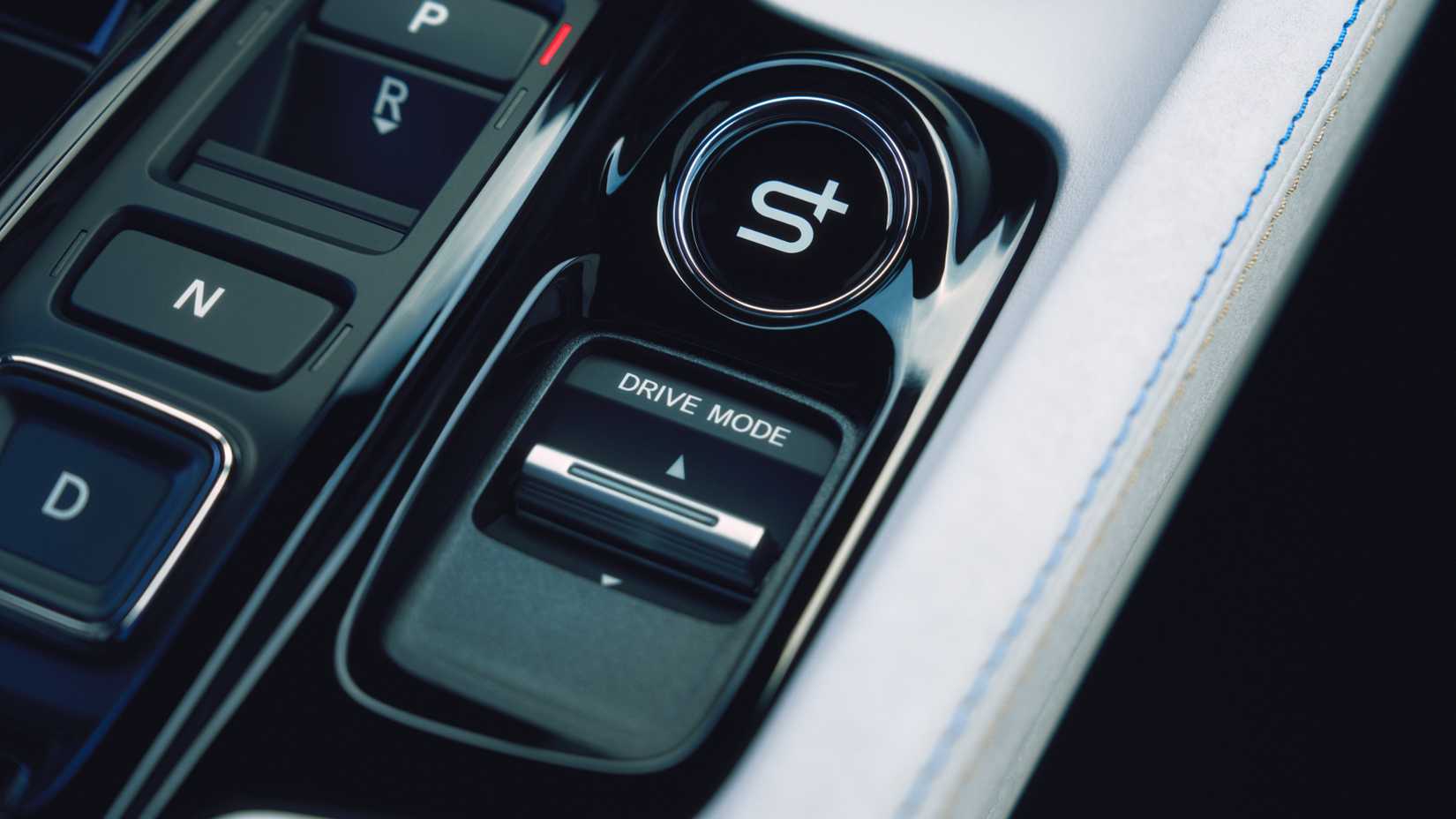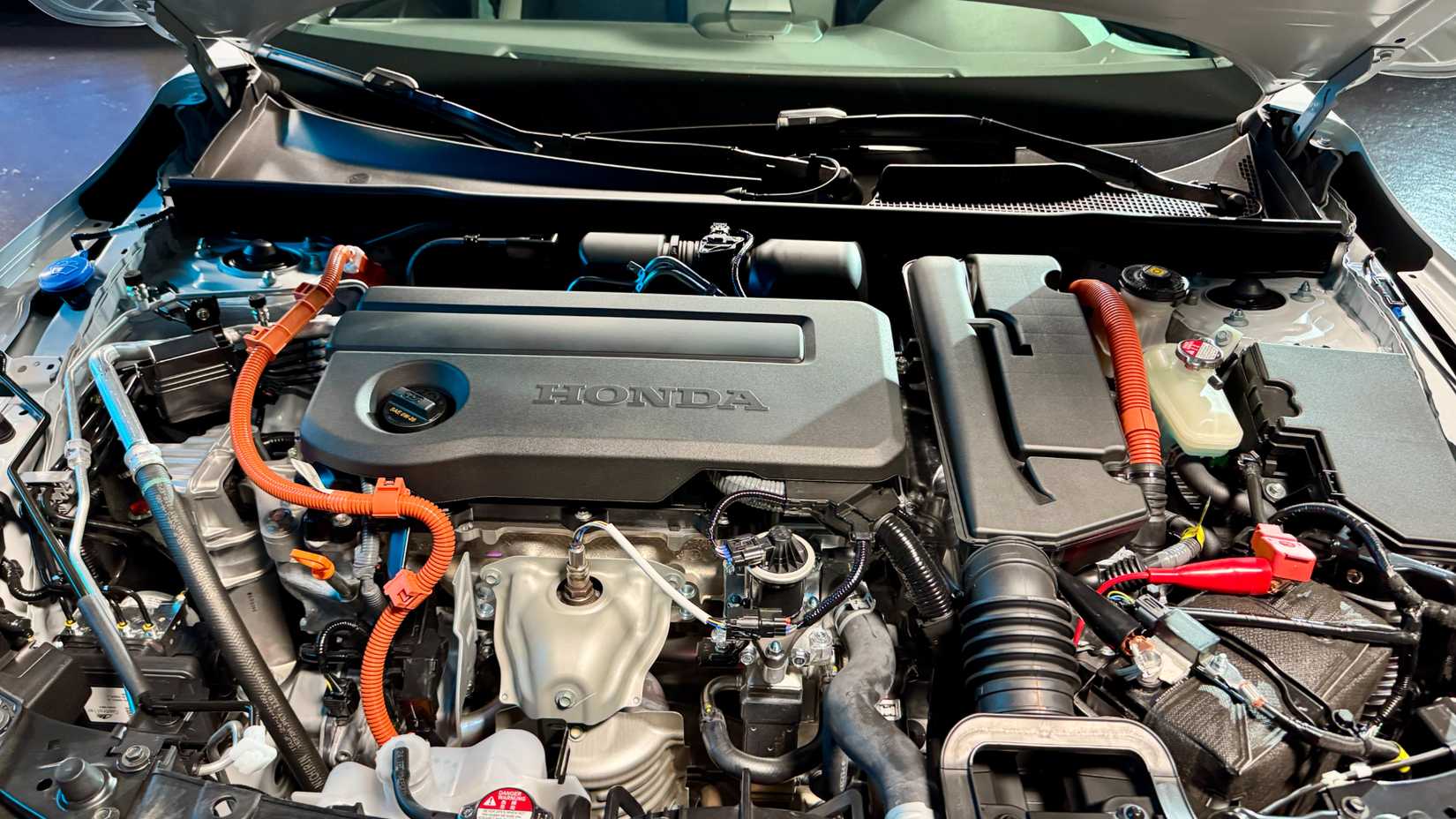
For generations, the Prelude was the ultimate sporty Honda. Over the years, this two-door sports car was home to the brand’s latest engineering innovations, deployed to give the Prelude a technical edge in the market while debuting technologies that would later find use in other Honda and Acura models.
In addition to high-performing powerplants that helped initially thrust Honda’s VTEC engines into the limelight, the Prelude also brought four-wheel steering tech to market, and later, the Active Torque Transfer System (ATTS) front differential – a game-changing piece of hardware that would sharpen the Prelude’s front-drive handling and later evolve to become part of Acura’s Super Handling AWD (SH-AWD) system.
The Prelude wasn’t built to be the segment’s most powerful or fastest car, but rather the one that best blended fuel efficiency and innovation into a package that put on a tremendous show for its driver.
Honda put the Prelude nameplate back on the shelf after its discontinuation in 2001, but a successor is coming for the 2026 model year. Almost everything’s changed in the past 25 years, and the new-for-2026 Prelude has a spectacular reputation for innovation and handling prowess to live up to. Below, based on the latest pre-release data from Honda, we’ll outline the key ways they’re working to ensure the new Prelude will appeal to driving enthusiasts.
Driver Focused Cabin
Interestingly, the new Prelude will be the first Honda to use two different seats for front occupants: a firmer, more prominently bolstered seat to support the driver, and a wider, more relaxed seat for the passenger. If that’s not a major foundation for a driver-focused cabin, we don’t know what is. The seats use a single-piece racing-inspired design with integrated headrests to complete the athletic look, and don’t miss the embossed “Prelude” logo.
Ahead, the new Prelude’s interior focuses on delivering a low-stress driving environment that’s informative and approachable. A low cowl and thin A-pillars help deliver excellent forward visibility, reducing driver workload and improving situational awareness to the benefit of safety and stress levels. Facing the driver is a chunky flat-bottom steering wheel with 12-o’clock positioning marker and alloy shift paddles tucked in behind.
Civic Type R Chassis Hardware
Here’s an interesting technical first for the new Prelude: it’s the first Honda hybrid to feature high-performance chassis hardware from the Civic Type R. Honda’s ultimate Civic lends the Prelude its dual-axis front suspension, which separates the steering axis from the suspension damper. With steering knuckles that can pivot independently of the dampers, torque steer is eliminated and handling response is improved. That’s backed up by wide front and rear tracks like the Type R, as well as its up-sized Brembo brakes with two-piece 13.8-inch rotors and four-piston aluminum calipers up front. Rear rotors come in at 12 inches, if you’re wondering.
All systems above – as well as the Prelude’s Adaptive Damper System – are tuned specifically around the Prelude’s intentions of being a sporty and responsive tourer. Adaptive suspension, as well as throttle response, steering assist, engine sound, and gauge cluster layout can all be modified by selecting between Comfort, GT or Sport drive modes, or the driver’s own custom “Individual” setting.
In the Civic Type R, the combination of advanced damper tech and a dual-axis front suspension provides a sublime combination of thrilling handling and everyday comfort. Drivers can expect the Prelude to deliver similar traits, though we’d expect a slightly softer overall ride.
Honda Agile Handling Assist
Handling is electronically supervised by Honda’s Agile Handling Assist (AHA), and the Prelude will be the first Honda to run the latest, high-performing version of the system. Where Vehicle Stability Assist (VSA) engages at the limits of grip and handling to prevent dangerous understeer or oversteer, AHA works to enhance steering and handling response in more common scenarios.
There are multiple ways to steer a vehicle and manipulate its handling attitude aside from the steering wheel itself. The AHA system works in this universe by subtly delivering single-wheel braking and powertrain adjustments that can manipulate the vehicle’s weight distribution and rotational tendencies in real time, outside the range detectable to the driver.
Based on the Prelude driver’s speed, drive mode, and various other factors, the high-performing new AHA system uses special high-tech tricks to ensure the driver gets the exact reaction they want, immediately.
Honda Debuts S+ Shift
Honda’s latest hybrid powertrain combines a naturally aspirated four-cylinder engine with two electric motors and a sophisticated transmission that’s neither automatic nor CVT. Sometimes called an e-CVT, this type of transmission doesn’t have the belt and pulley system used in a regular CVT. Instead, it precisely manipulates the operation of the gas engine and two electric motors to mimic the feel and sound of a high-performing multi-speed transmission. The engine is there to power the electric motors, and it only connects to the wheels at higher speeds.
The griping masses in the comments section tend to hate the idea of a sports car hitting the road with anything less than a manual gearbox, but most shoppers don’t want one, and this hybrid-exclusive driveline performs better and drinks less gas without a manual option.
And hear me out: after over 1,100 miles of road testing the latest Honda hybrid system in both the Accord and CR-V, I’m excited to see how the Prelude will adapt its capabilities to an even higher performance level. In other applications, the hybrid engine is pleasing and smooth, the power curve is thick and flat, and the transmission simulates high-speed conventional stepped gear changes so sharply and crisply that even enthusiasts are sure to enjoy regular use of the paddle shifters. In those applications, gear shifts are fast and precise, not sluggish and rubbery.
I’ve reported previously that the latest Honda hybrid engine is one of the best in the market today, and a major asset for the vehicles that use it. In both the Accord Hybrid and CR-V Hybrid, drivers are treated to a world-class experience where refinement, sounds, sensations, and performance are concerned. Combining these attributes with the enhanced handling hardware and tech of the new Prelude is exciting business.
Though we have yet to drive the new Prelude, we can’t wait to see how much the latest S+ Shift improves the overall response of the car. Honda says the new S+ Shift system includes downshift blips, rev-matching, and gear holding.
Is 200 Horsepower Enough?
The last Honda Prelude ever built weighed about 3,000 lbs and had a 2.2-liter four-cylinder that worked best when it was spinning fast, generating 200 horsepower and 156 lb-ft of torque in the process. The new Prelude will most certainly be heavier thanks to its hybrid engine, though 25 years of lightweight chassis engineering should keep the difference fairly modest.
|
2026 Honda Prelude |
|||
|---|---|---|---|
|
Engine |
2.0-liter four-cylinder gas hybrid |
||
|
Power |
200 hp |
||
|
Torque |
232 lb-ft |
||
|
Drive |
FWD |
||
We don’t know what the new Prelude weighs exactly, but we do know that it has 200 horsepower like its predecessor, as well as 232 lb-ft of electrically assisted torque. That’s 50% more than the last Prelude, available in an instant. Remember, 200 horsepower can be plenty of fun. Just look at the Civic Si, Golf GTI, Subaru BR-Z or Mini Cooper S, none of which back drivers with a heap of on-demand electric torque.
Sources: Honda

